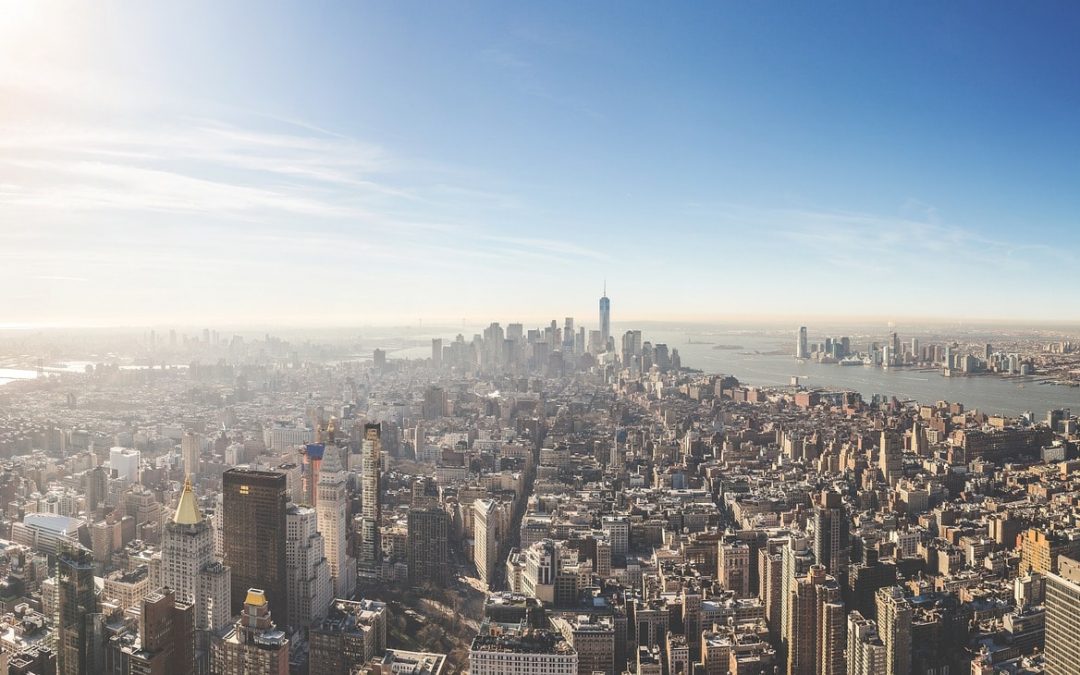Any New Yorker can tell you that this is a city defined by its wide variety of neighborhoods. Across all the boroughs, every distinct enclave has its own character and personality, not to mention history. Making your way in and around the city starts with a working knowledge of its diverse assortment of neighborhoods.
Founded as a Dutch colony, many of New York City’s neighborhood names date back to that time. The Dutch may have left after the British took control of the city and renamed it from New Amsterdam, but labels such as Brooklyn and The Bronx (derived from the Dutch names Breukelen and Bronck) still remain as reminders of the city’s roots. Not surprisingly, many neighborhoods retain the names they’ve had since those early colonial days.
Harlem
A cultural touchstone not just for the city but for the entire United States, Harlem is one of New York’s best-known neighborhoods. This home of legendary artists, poets, and attractions like the Apollo Theater and the Cotton Club was once an outpost for Dutch settlers who needed a space to stay far from New Amsterdam at the southern tip of Manhattan island. This safe haven was dubbed Nieuw Haarlem by Governor Peter Stuyvesant, after the Dutch city a short distance from the original Amsterdam. Once the Dutch left New York, the name was anglicized to just “Harlem.”
Astoria
Many streets of New York, such as Dyckman in Upper Manhattan and Schermerhorn in Brooklyn, were named for wealthy denizens of the area, whose properties defined those surroundings. For someone with the fortune of John Jacob Astor, just a street wouldn’t suffice. The neighborhood formerly called Hallett’s Cove was never actually home to the fur trader or his family, but given the label in order to attract him to invest in the Queens district. It didn’t quite work (he only invested $500) but the name stuck.
Red Hook
This maritime district has always been defined by the port and shipping that made Brooklyn one of the country’s busiest regions. Red Hook comes from the Dutch “roode hoek,” referring to the red clay soil of the neighborhood (long since buried under concrete roads) and the geographical point jutting out into Upper New York Bay. Interestingly enough, the “hook” of Red Hook refers to the Dutch word for “point” or “corner,” not any actual hook-like geographical feature.
Coney Island
It wasn’t only geographical features that inspired Dutch settlers in naming their new territories. This former beachfront getaway, home to the famed Cyclone and Wonder Wheel, got its name from the Dutch word conyne for “rabbit” after the wild rabbit population that lived on what was then an actual island, with a river separating it from the mainland. Shifting sediments attached the island to the rest of Brooklyn while rifle-toting settlers did away with the rabbits, but the Coney Island name remains.
Turtle Bay
Unlike Coney Island, this neighborhood wasn’t identified by any animal population. Rather, Turtle Bay got its name from the Dutch word deutal, or knife. Early settlers of the bay (which was filled in after the Civil War, allowing for further buildings eventually including the United Nations complex) noticed a resemblance to a bent knife and named the bay accordingly. Thanks to its proximity to the UN, Turtle Bay is now home to many foreign consulates, making it one of the more plainly diverse regions of the city.
Rockaway
The Dutch weren’t the only ones who gave names to the various neighborhoods of the city. Several of them, in fact, descend from the language of the Lenape tribe, the area’s indigenous inhabitants. Queen’s beachfront peninsula, a distinct part of the NYC map, got its name from the old Lenape word “rack-a-wakee,” whose meaning is not certain but is thought to mean “place of sands.” Also behind the names of Canarsie in Brooklyn and of course Manhattan, this language is one of many that makes New York City the unique melange of cultures famed worldwide.

